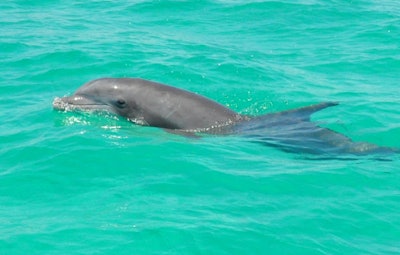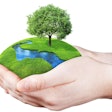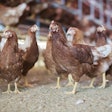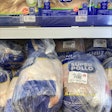
Over 8,887 sea creatures have been recorded dead on the Chilean coast so far this year due to infection with the highly pathogenic avian influenza (HPAI) virus. In one weekend alone, more than 250 were washed up on one beach alone, in part due to particularly high tides.
The latest report from the country’s national fisheries and aquaculture service (Sernaspa), states that during the first three months of 2023, 7,654 sea lions have been found dead, 1,186 Humboldt penguins, marine otters, and porpoises and dolphins.
Of course, HPAI’s impact on wildlife is not restricted to Chile. Peru has also seen massive sea lion die-offs. The U.K. has reported infections in otters and foxes. In Scotland, more than 40% of the of the predatory skua population has died, and Greece has lost thousands of Dalmatian penguins.
Whilst we are all aware of the damage that the AI virus can do to the poultry industry, its impact on wildlife should not be ignored.
The more that that virus infects wild birds, or other species, the less the likelihood that that it will disappear. The continuing presence of the virus means that, not only does the threat persist for poultry producers, but the damage done to wildlife continues and the risk that it jumps species and mutates grows.
Fortunately, human infections with HPAI remain rare but, once upon a time, human infections with COVID-19 were rare too.
Is the poultry industry to blame?
As the beaches of Chile show through washed up sea lions, dolphins and porpoises, the virus would appear to be finding a home in mammals, albethey marine mammals.
Beyond the direct threat to the industry and the tragedy for wildlife, there is, perhaps, another issue that the industry might want to, at least, be considering.
Late last year, I spoke to a friend who blamed avian influenza squarely on the poultry industry. Factory chicken production, she argued, was responsible for the virus infecting wildlife and spreading around the world.
I did point out that intensive broiler production occurs indoors, but her mind was made up – the virus was the result of factory farming, she said, and the only way to protect seabirds was to restrict the industry.
When these sorts of ideas circulate there is the possibility that, for the industry, they do as much reputational harm as the virus does physical harm. Failing to counter these ideas may lead to a host of additional long-term problems.
Everyone loves a dolphin, and otters are generally viewed favorably, and nobody wants to see porpoises, or any other creatures, being buried en masse on the beaches of Chile. Science rarely plays a part in public opinion, it is emotion that wins the day.
Perhaps it may be time that the poultry industry launched some sort of initiative, if it has not done so already, to align itself with protecting wildlife in addition to its flocks. Talk of biosecurity and science may not be widely understood by the public and so will do little to protect the industry's reputation as an efficient producer of food. Saving dolphins, however, is something that everyone wants to do, and those that do so see their reputations enhanced.
















